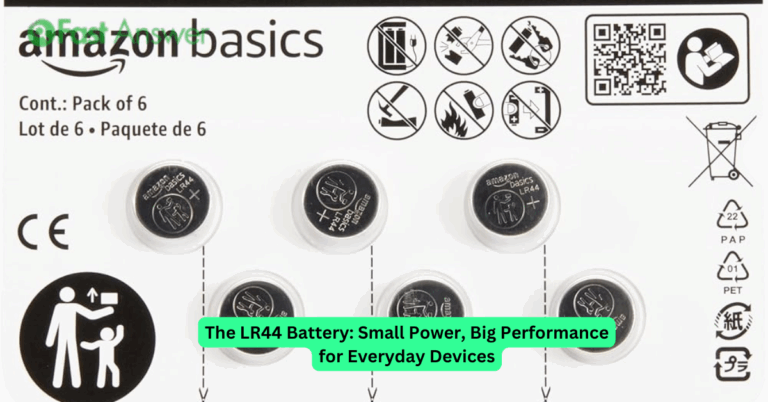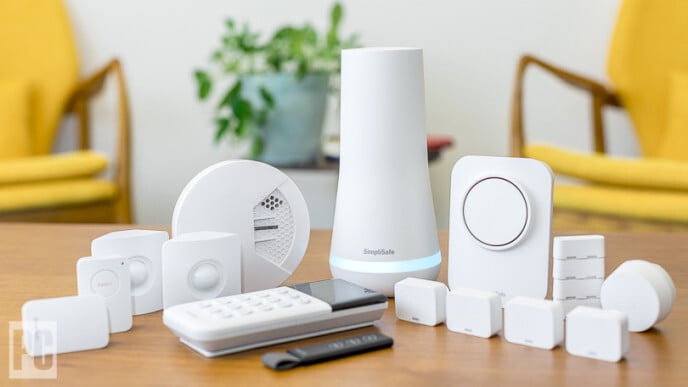Smart City Technology Solutions Overview: Shaping the Future of Urban Living
As cities grow, so do the challenges of maintaining infrastructure, managing resources, and enhancing the quality of life for residents. Smart city technology solutions offer a way forward, integrating digital systems to streamline operations, improve sustainability, and make urban spaces more efficient. These innovations harness IoT (Internet of Things), AI, and big data to transform how cities function, from traffic management to energy conservation. Whether you’re a policymaker, business leader, or tech enthusiast, understanding these solutions is key to preparing for a future where cities are more connected, sustainable, and livable.
Smart Transportation: Revolutionizing Urban Mobility
One of the most visible aspects of smart city technology is smart transportation systems. These systems use data analytics, IoT sensors, and AI to optimize traffic flow, reduce congestion, and improve public transportation. For example, intelligent traffic lights can adjust in real time based on traffic patterns, reducing delays and emissions. Ride-sharing and autonomous vehicle technologies also play a central role in creating more flexible and efficient transport options. These innovations not only save time for commuters but also help reduce the environmental impact of traditional transportation systems, making cities cleaner and more efficient.
Energy Management: Reducing Consumption with Smart Solutions
Energy efficiency is a cornerstone of smart city technology. With the integration of smart meters, IoT sensors, and AI-powered analytics, cities can monitor and optimize energy usage in real time. These technologies allow for better grid management, reducing waste and lowering costs. For instance, smart buildings can adjust lighting, heating, and cooling systems based on occupancy and external weather conditions. Additionally, renewable energy sources like solar and wind are being incorporated into the grid, powered by data-driven solutions that predict energy demand and supply. This integration helps cities reduce their carbon footprints while ensuring that energy is used as efficiently as possible.
Smart Healthcare: Enhancing Urban Health and Well-being
Smart city technology also extends to healthcare, where data-driven solutions improve the delivery of medical services and enhance public health management. IoT-enabled health devices, such as wearable monitors, help track everything from heart rate to air quality, providing valuable data for individuals and healthcare providers alike. AI-powered systems are used to predict and manage potential outbreaks of diseases, track chronic conditions, and streamline hospital operations. Telemedicine is another area benefiting from smart technology, offering remote consultations and reducing the strain on healthcare facilities. This shift not only improves access to care but also enables a more proactive and efficient healthcare system for city dwellers.
Smart Governance: Improving City Administration with Data
Effective governance in smart cities is driven by real-time data, making decision-making processes more transparent and efficient. Using sensors, mobile apps, and cloud computing, municipalities can collect vast amounts of data on everything from traffic congestion to public service usage. This data is then analyzed to make better policy decisions, allocate resources more effectively, and improve citizen engagement. For instance, smart waste management systems can optimize trash collection routes based on real-time data, reducing costs and improving efficiency. Additionally, e-governance platforms allow citizens to access services, report issues, and interact with city officials, creating more connected and responsive local governments.
Sustainability and Environmental Protection: Creating Greener Cities
Smart cities are not just about improving technology they are also about fostering sustainability. Solutions like smart water management systems monitor and control water usage, reducing waste and ensuring equitable distribution. Green spaces are monitored for air quality, and urban farming initiatives are supported with technology that tracks soil health, weather, and crop performance. The integration of green infrastructure into urban planning, powered by smart technologies, allows cities to reduce their environmental impact while improving the quality of life for residents. This holistic approach to sustainability ensures that technological growth and environmental responsibility go hand in hand.
FAQs
What makes a city “smart”?
A smart city integrates digital technologies like IoT, AI, and data analytics to improve urban services, efficiency, and sustainability while enhancing the quality of life for residents.
How can smart city technologies improve traffic management?
By using real-time data from sensors and AI algorithms, smart traffic systems can optimize traffic flow, reduce congestion, and improve overall mobility in urban areas.
Are smart city solutions only for large cities?
No, small and medium-sized cities can also benefit from smart technologies, particularly in areas like energy efficiency, public transportation, and waste management.
How do smart city solutions contribute to sustainability?
Smart technologies help cities optimize resource usage (like energy and water), reduce waste, and incorporate renewable energy sources, all of which contribute to environmental sustainability.
What is the role of AI in smart cities?
AI plays a critical role in analyzing data to optimize urban systems, from transportation and energy management to healthcare and governance, driving efficiency and improving decision-making.



